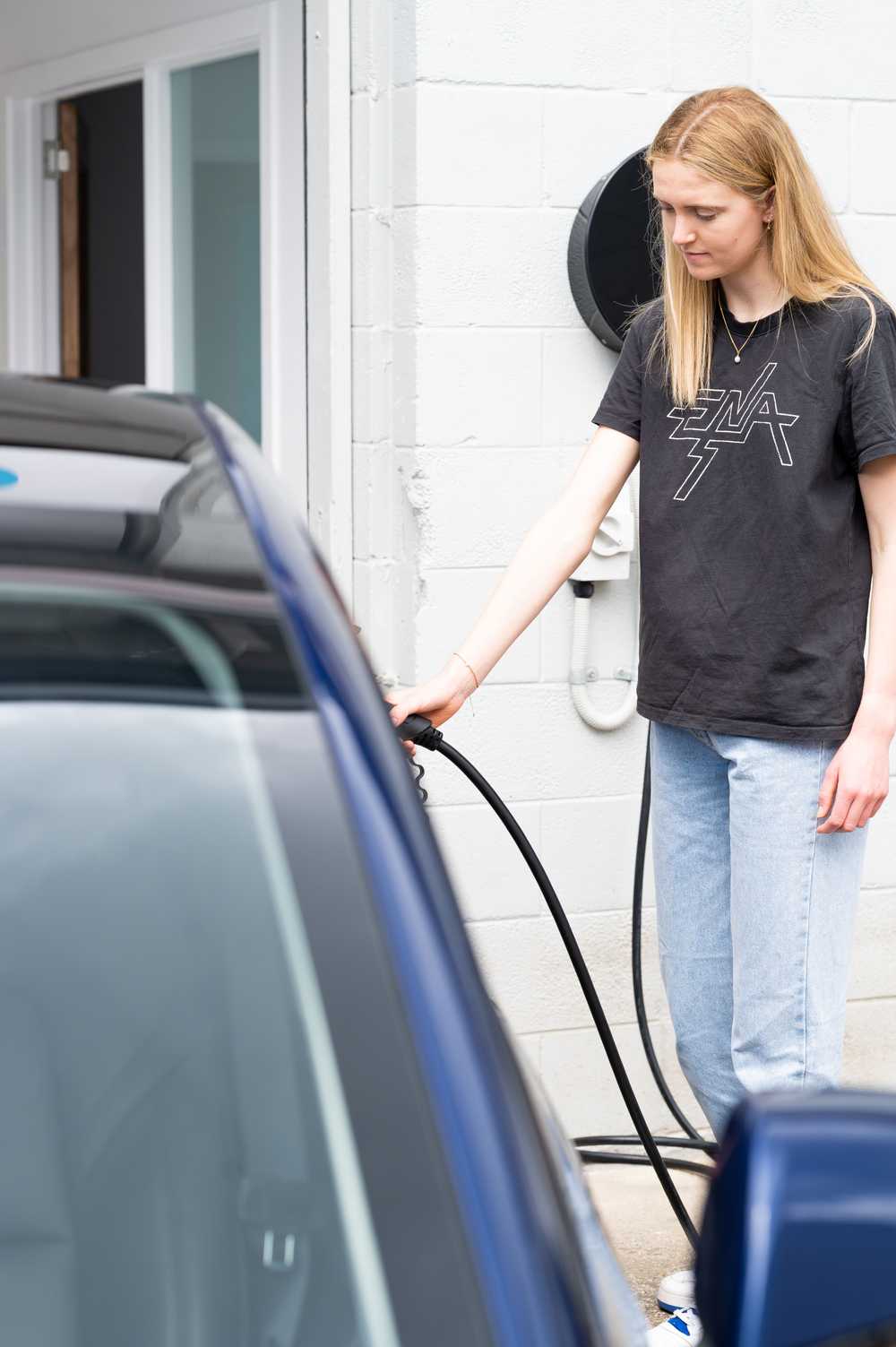The Benefits of AC Charging Opposed to DC Charging an Electric Vehicle.

Electric vehicles (EVs) are becoming increasingly popular as people look for more sustainable transportation options. However, one question that often arises when it comes to EVs is whether AC charging or DC charging is better. In this blog post, we’ll take a closer look at both AC and DC charging and explain the benefits of AC charging for EV owners.
First, let’s define what we mean by AC and DC charging. AC stands for alternating current, which is the type of electrical current that is delivered to homes and businesses. DC, on the other hand, stands for direct current, which is the type of electrical current that is stored in batteries.
AC charging involves using a charging cable to connect an EV to an AC power source, such as a regular electrical outlet or a dedicated EV charging station. The charging cable converts the AC power into DC power, which is then used to charge the EV’s battery.
DC charging, on the other hand, bypasses the AC-to-DC conversion and delivers DC power directly to the EV’s battery. This requires a dedicated DC charging station, which is more expensive and less common than AC charging stations. So, why is AC charging generally considered to be better than DC charging for EV owners? Here are a few key benefits:
Cost: AC charging is generally less expensive than DC charging. While the cost of electricity varies depending on where you live and what time of day you’re charging, AC charging is typically less expensive than DC charging because it doesn’t require as much infrastructure.
Convenience: AC charging is more convenient than DC charging for most people. That’s because AC charging stations are more widely available than DC charging stations, which means you’re more likely to be able to find an AC charging station when you need one. Additionally, many EV owners charge their vehicles overnight at home using a regular electrical outlet, which is only possible with AC charging.
Battery life: DC charging can put more stress on an EV’s battery than AC charging. That’s because DC charging delivers a higher voltage and current, which can cause more heat and wear on the battery. Over time, this can lead to reduced battery life. AC charging, on the other hand, delivers a lower voltage and current, which is gentler on the battery.
While we need DC charging for quickly topping up your EV’s battery when you’re on the go and travelling large distances, most charging is done on AC chargers. According to a report by the International Energy Agency (IEA) in 2021, AC charging points were responsible for approximately 87% of all public EV charging worldwide in 2020, while DC charging points accounted for the remaining 13%. This suggests that the majority of EV charging is still done on AC, although this may vary depending on the location, charging infrastructure availability, and the type of EV.
AC charging is generally considered to be better for most EV owners. It’s less expensive, more convenient and gentler on your battery. So, if you’re in the market for an EV or are already an EV owner, make sure to consider the Australian made EVOS AC chargers when choosing a charging option.